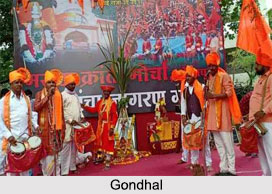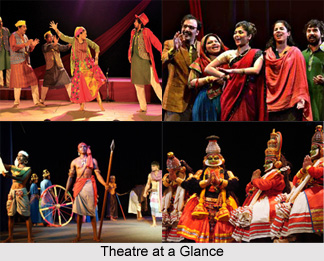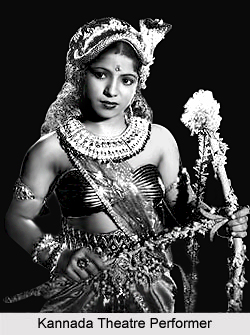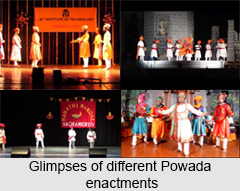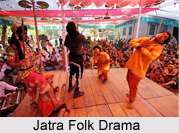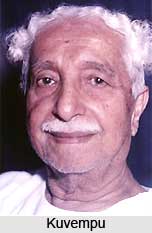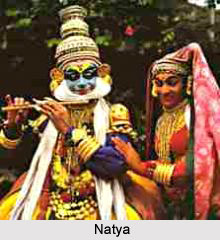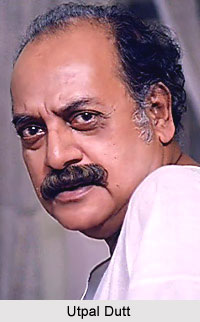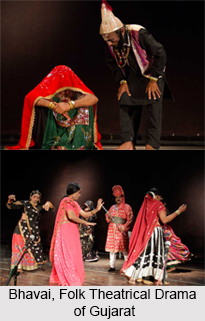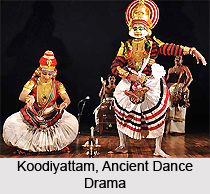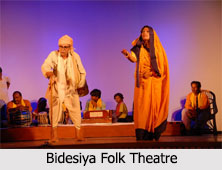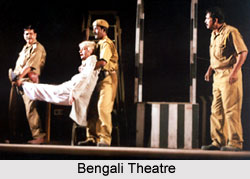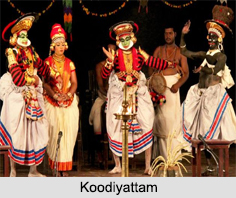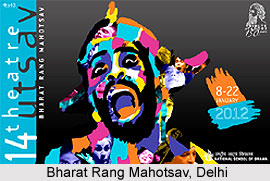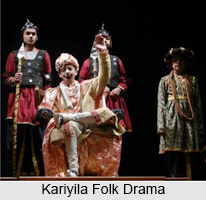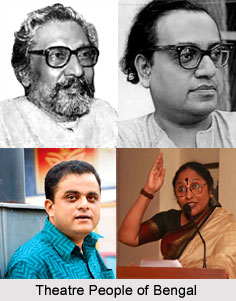Khanchand Shamdas Daryani, born in 1898, was very famous in Sindhi theatre. He was regarded as one of the three major Sindhi dramatists of the twentieth century, along with Mangharam Malkani and Gobind Malhi. Professionally Daryani was an agricultural scientist; he wrote plays depicting various aspects of social realism. He was pushed into the field of drama through his own experiences of social evils, and instituted a Detileti i.e. dowry Committee in 1920 with like-minded persons as members. This prominent Gujarati theatre personality firmly believed that theatre was the right medium through which he could eliminate these evils, especially dowry, rampant in Sindhi society at the time. Therefore, most of his plays are on such topics as dowry, hunger, unemployment, and feudal tyranny.
Life in Theatre for Khanchand Shamdas Daryani
The eminent Gujarati theatre personality, Khanchand Shamdas Daryani achieved major success with Gulaba jo gul i.e. `Rose Flower`, written and directed by him in 1920 under the Committee`s auspices. It had multiple performances in Hyderabad or Sindh and Karachi, and was published in 1922. He also directed his second play, Motieji mukhri i.e. `Jasmine Bud` in 1923, treating the conflict between mother-in-law and daughter-in-law. With Malkani, he founded the Rabindranath Literary and Dramatic Club in Hyderabad, which staged many of his socially relevant plays. The first of his works produced there was Mulka ja mudabara i.e. `Leaders of the Country` in 1923, under his direction, brought him accolades and a kind of revolution in Sindhi drama. During a span of just ten years, Gujarati theatre personality, Khanchand Shamdas Daryani authored and directed twenty-two plays, some of the most significant being Ghalatifabimi i.e. "Misunderstanding" in 1924, Ratna in 1924, Desha sadke i.e. `Sacrifice for the Nation` in 1927, Zamanejilahira i.e. `Wave of Time` in 1929, Maya jo andh i.e. `Intoxication of Wealth` in 1930, and Bukha jo shikaru i.e. `Victim of Hunger` in 1932. He then shifted to Mumbai to explore new pastures and joined the glamorous world of Hindi cinema or Bollywood. This famous personality was died in the year of 1965.
This article is a stub. You can enrich by adding more information to it. Send your Write Up to content@indianetzone.com
